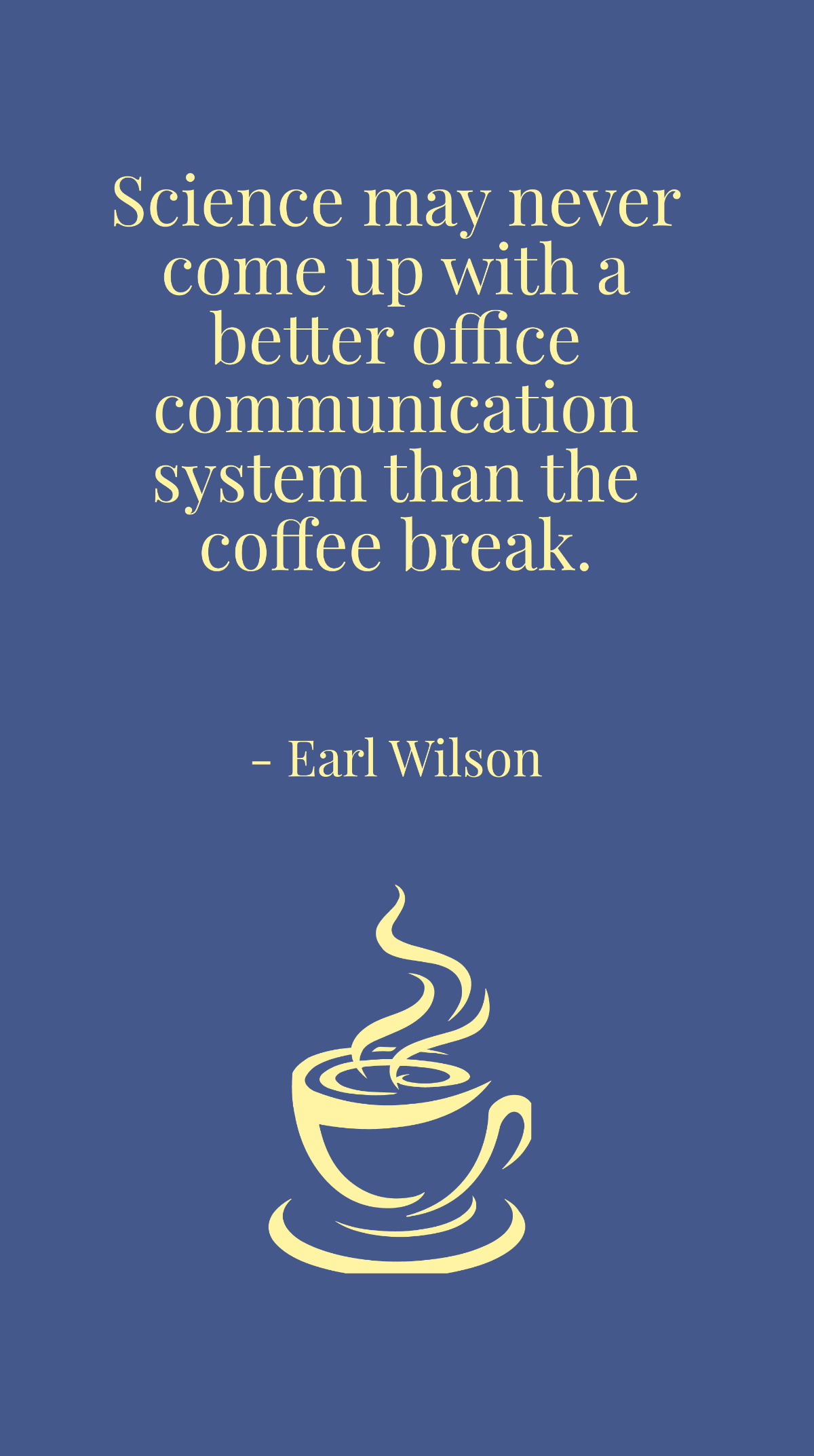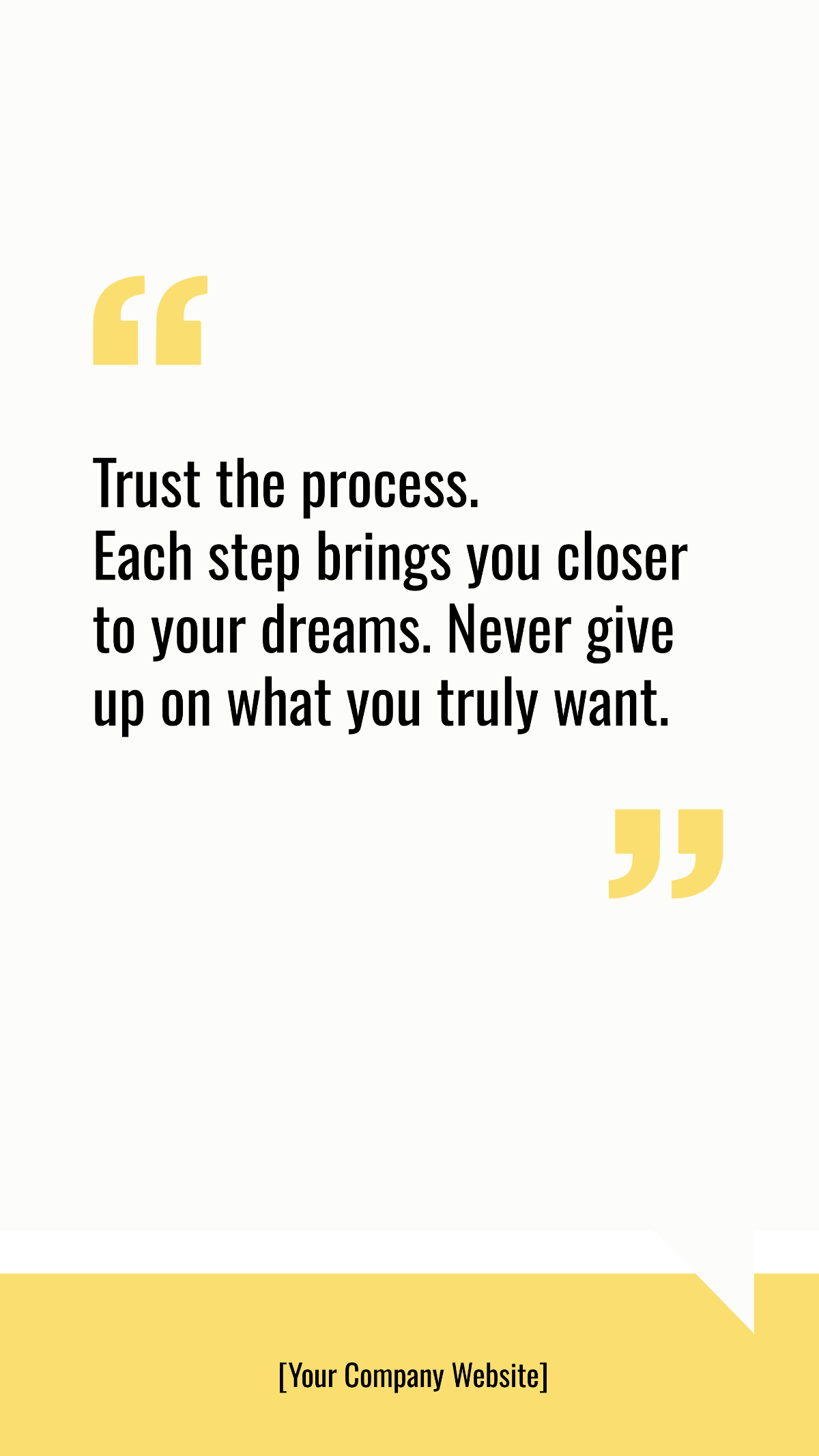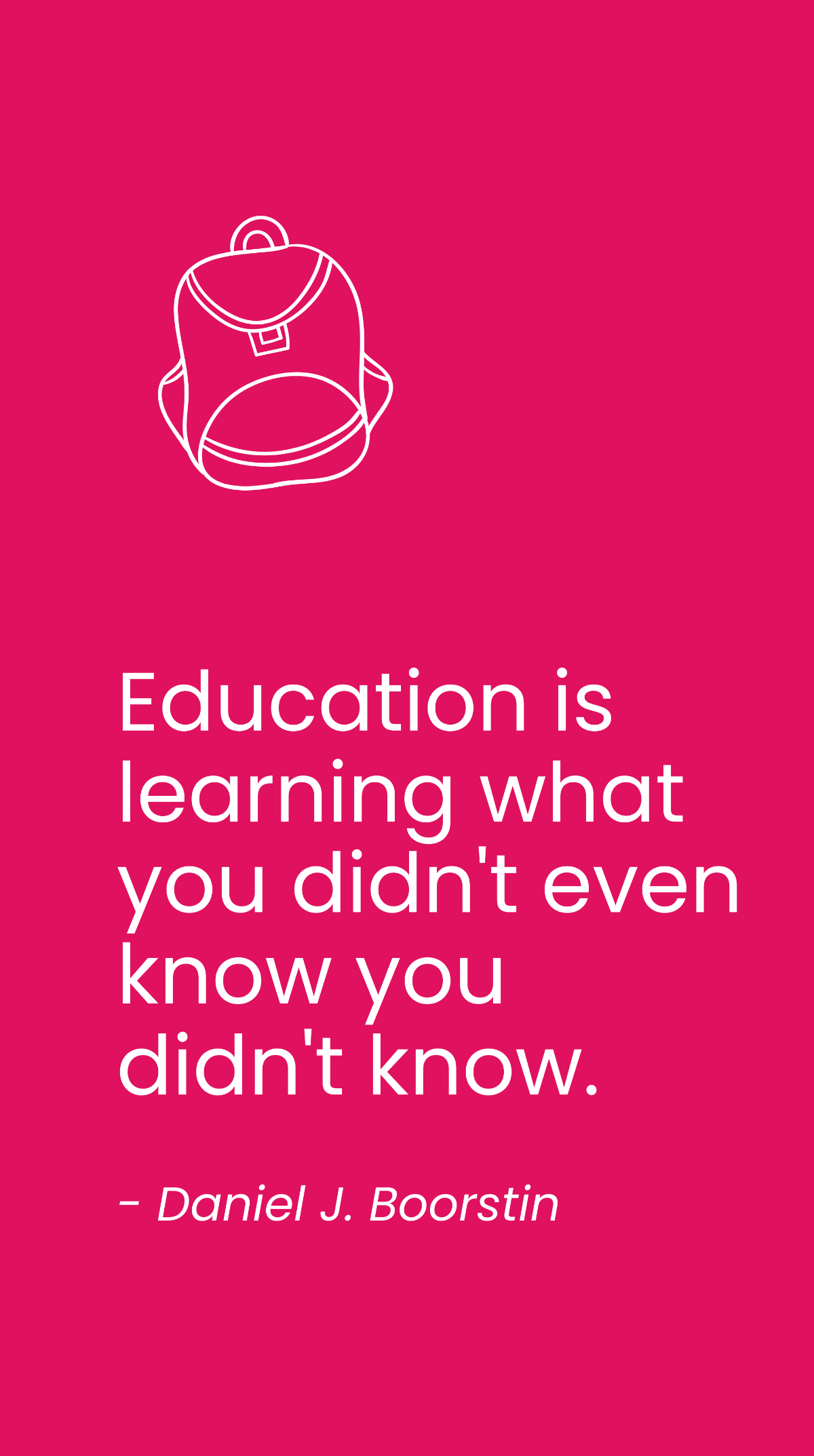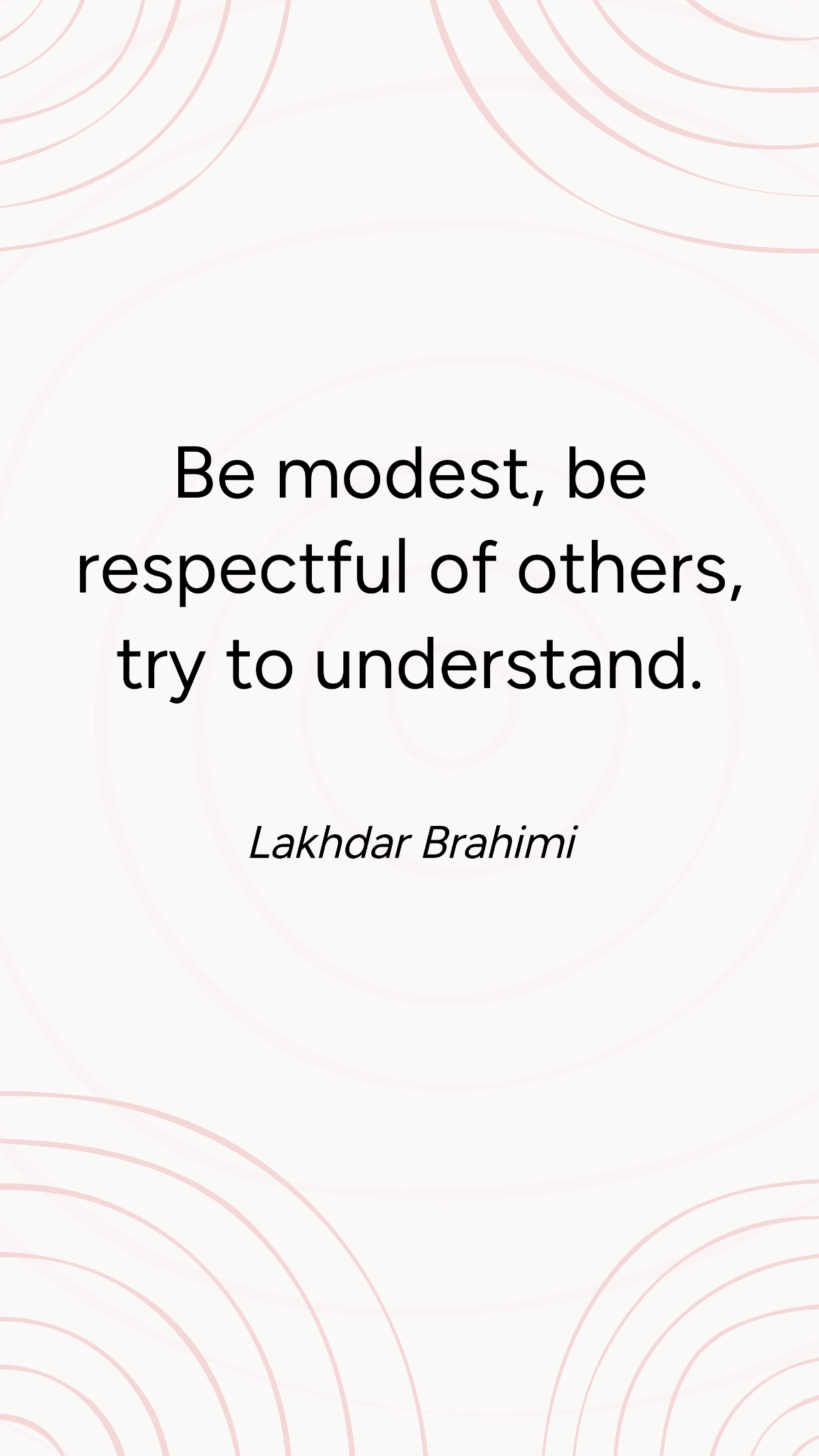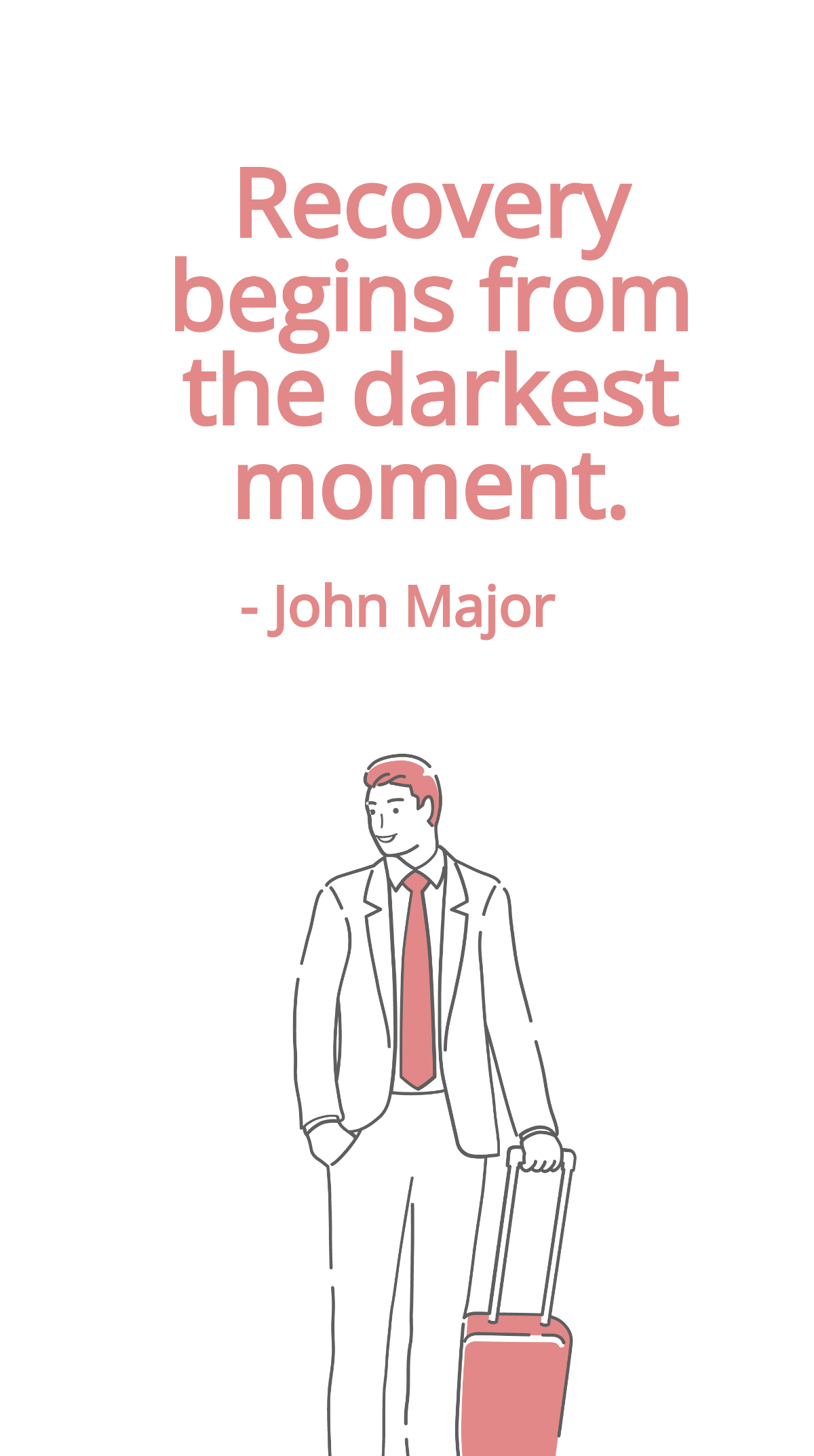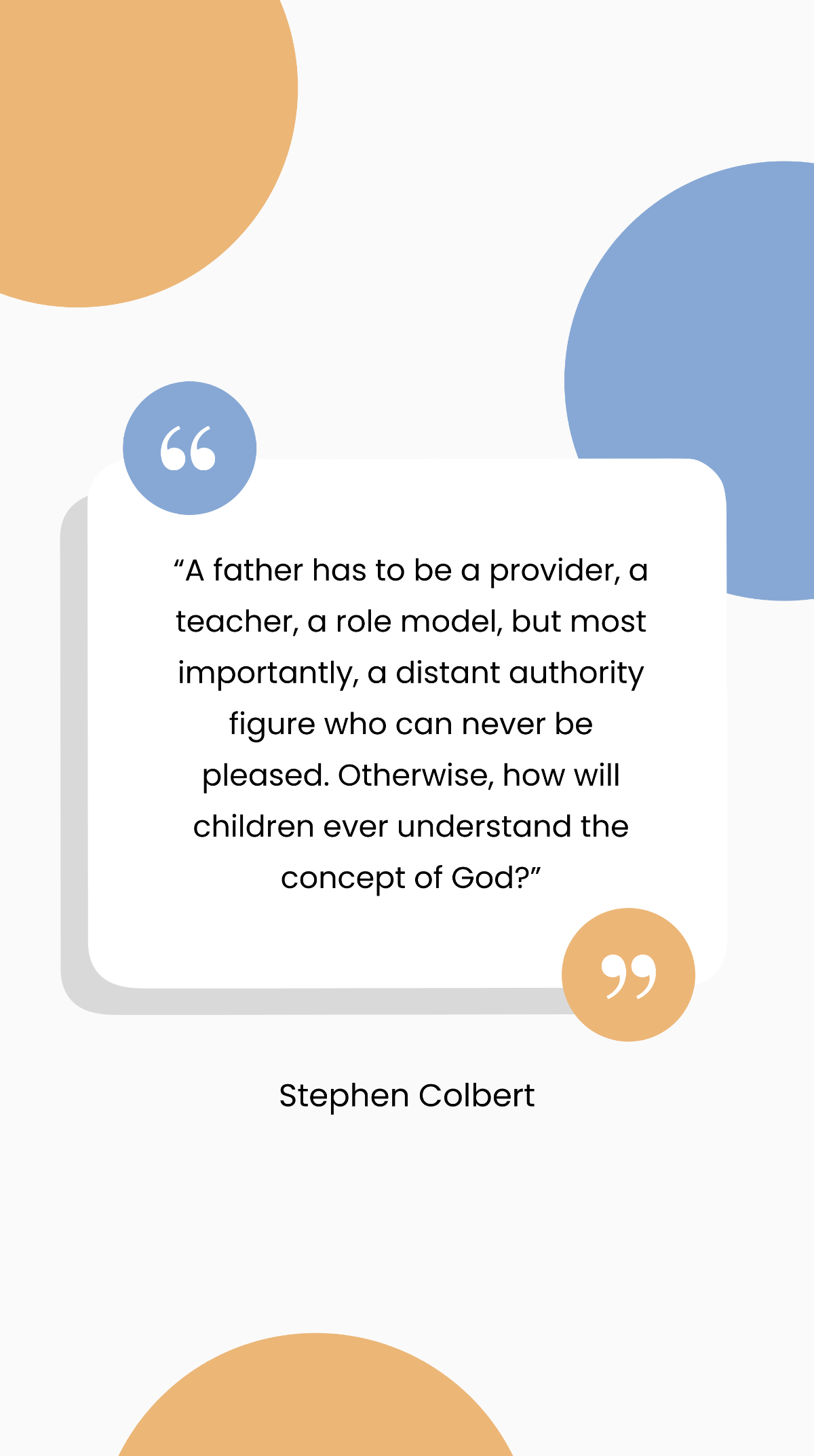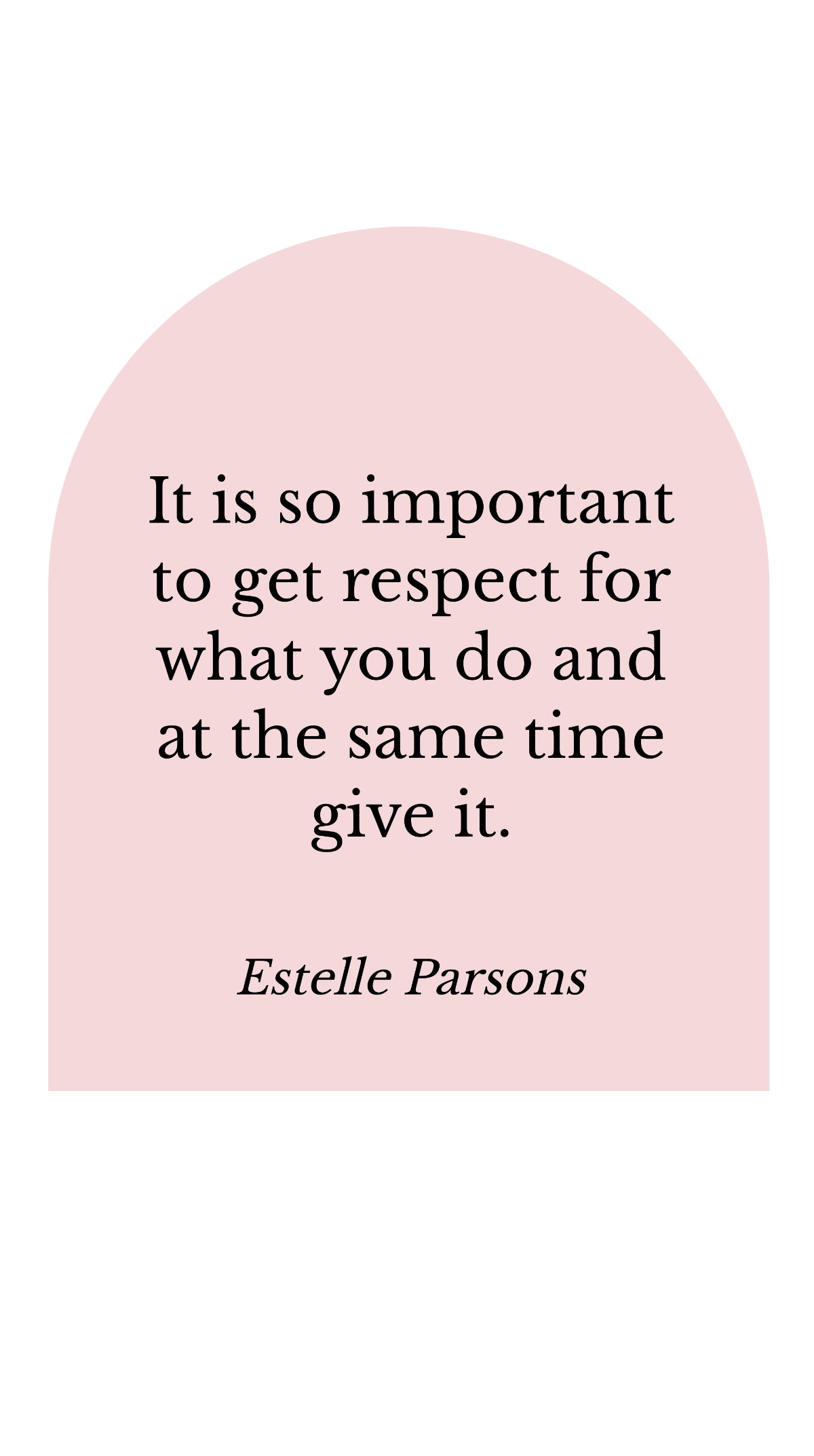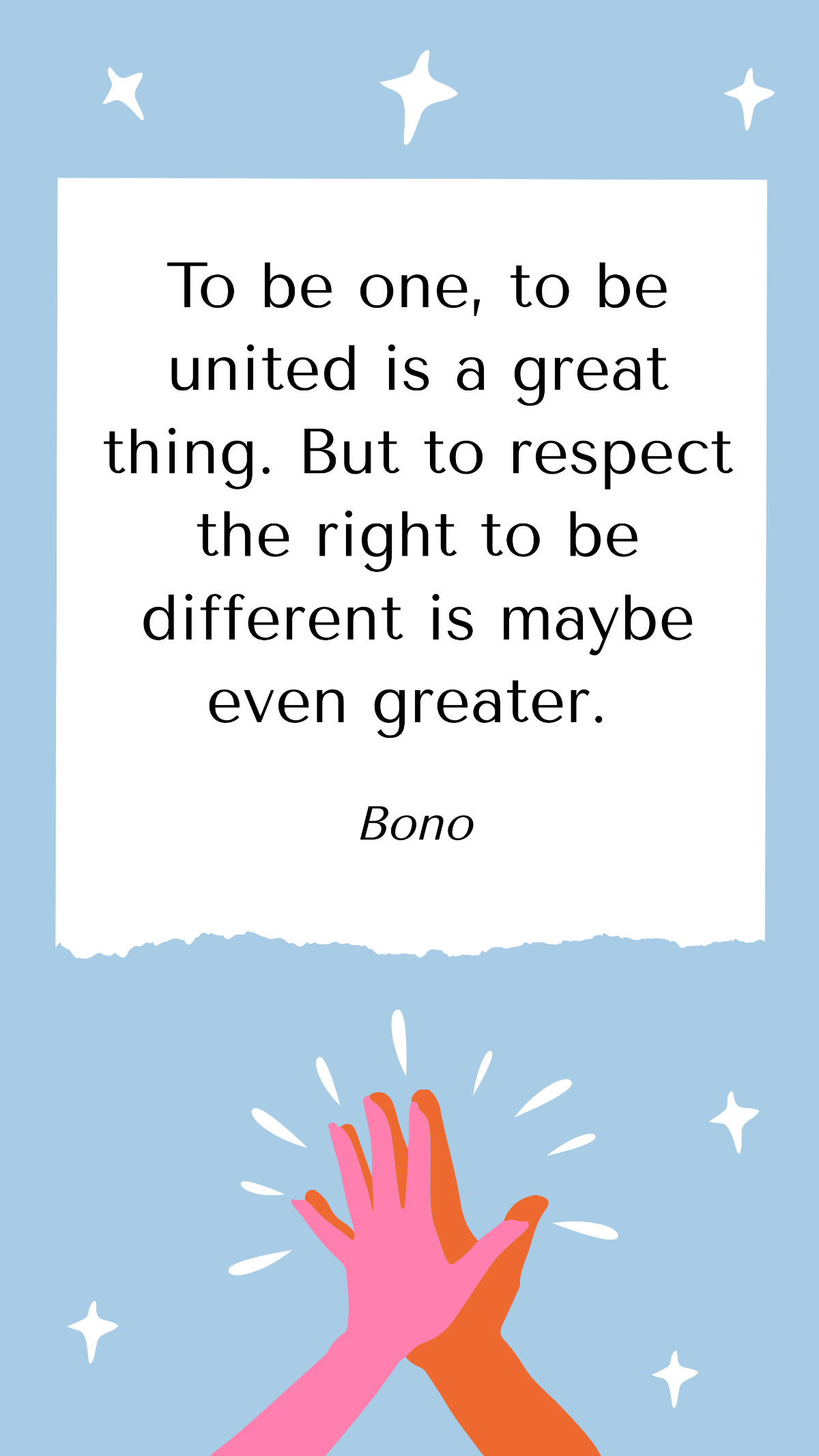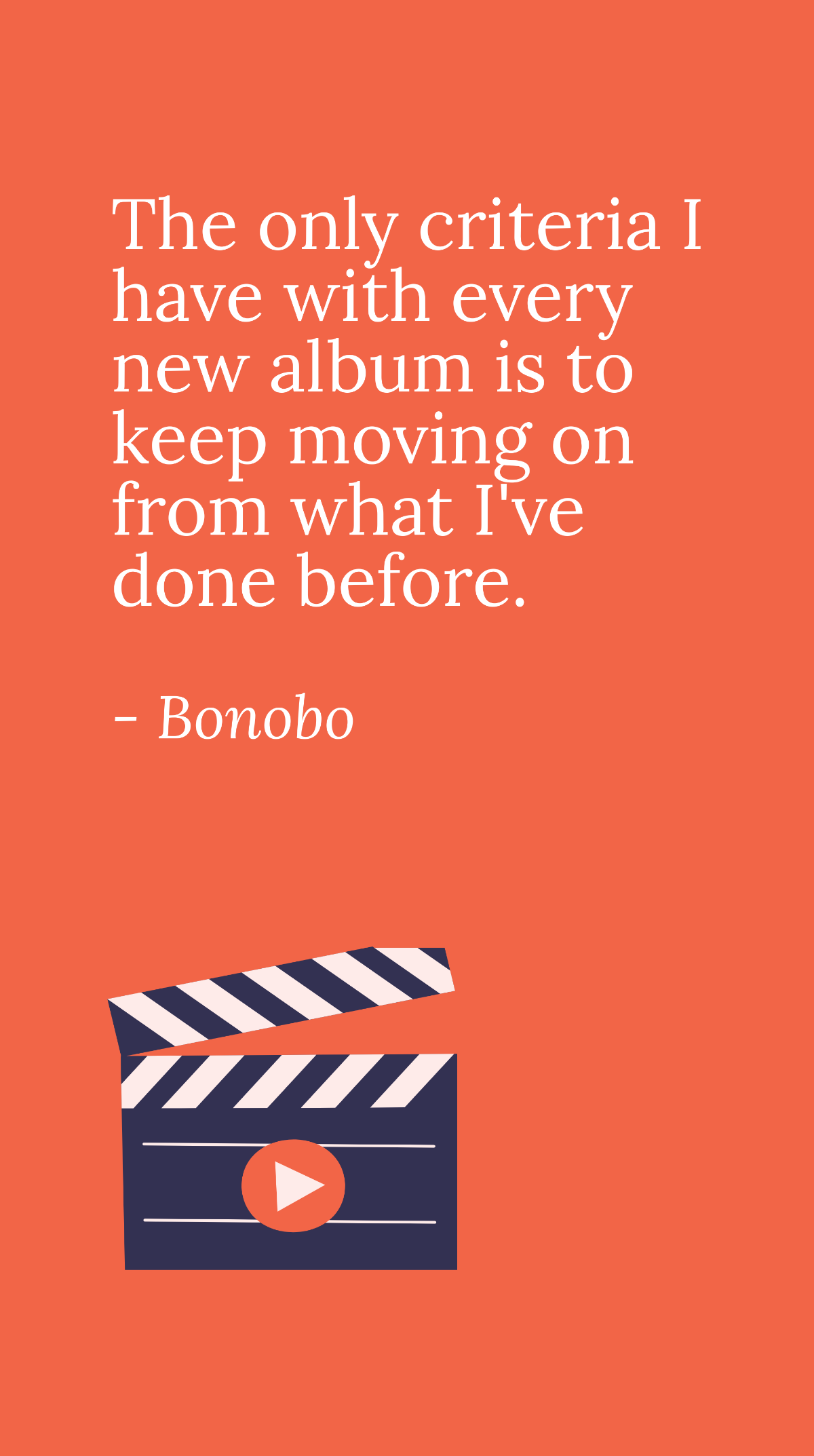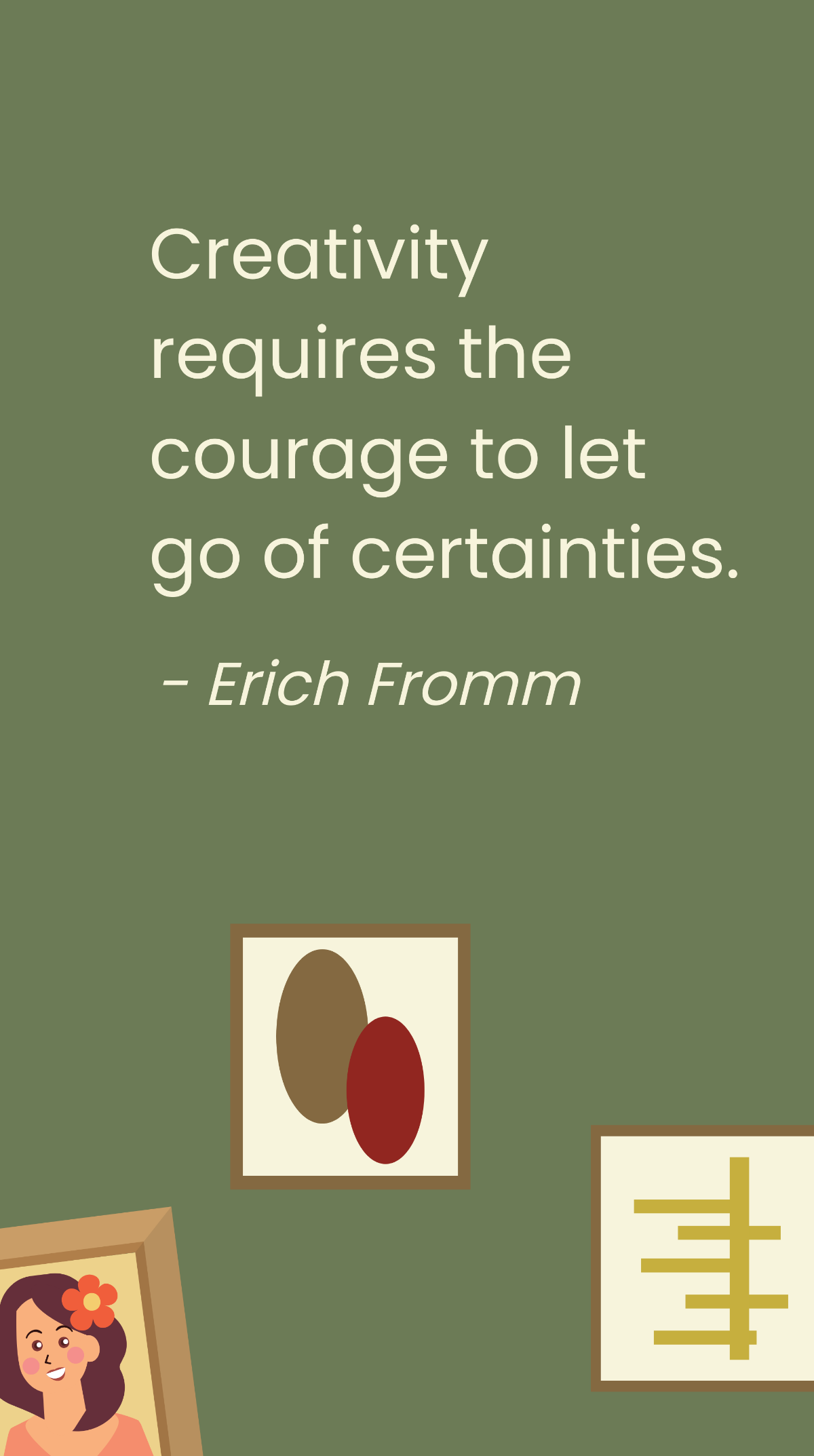Sales Quote and Proposal Journal
INTRODUCTION
In the dynamic world of sales, the ability to craft compelling sales quotes and proposals is paramount to your success. This journal serves as [Your Company Name]’s reliable companion, aiding you in every step of this crucial process. Its purpose is twofold: to provide an organized repository for all your client interactions and to guide you toward creating persuasive, client-centric proposals. In an era of personalized solutions, this journal equips you with the tools to tailor your proposals effectively for a wide array of businesses.
Successful sales proposals are built on a foundation of understanding and trust. The process begins by capturing essential client information. Who is the client? What are their unique needs, goals, and preferences? By recording and referencing these details, you establish a strong client relationship. This information allows you to present solutions that are not only effective but also resonate with the client's specific challenges and ambitions.
CLIENT INFORMATION
Client: [Your Partner Company Name / Second Party]Contact: [Your Partner Company Representative's Name]Phone: [Your Partner Company Name / Second Party Number]Email: [Your Partner Company Name / Second Party Email]
QUOTES AND PROPOSALS
Proposal for [Your Partner Company Name / Second Party] - Date: [July 15, 2059]
Client Details
Company: [Your Partner Company Name / Second Party]Contact: [Your Partner Company Name Representative's Name]Phone: [Your Partner Company Name / Second Party Number]Email: [Your Partner Company Name / Second Party Email]
Service Details
Service Type: [Custom Software Development]Price: [$50,000]Delivery Timeframe: [3 months]
Key Features and Benefits
A detailed list of the specific features and benefits proposed to [Your Partner Company Name / Second Party], tailored to their unique requirements.
Feature 1: Cloud-based solution to enhance accessibility and scalability.Feature 2: Advanced security measures to protect sensitive client data.Feature 3: Integration with existing systems to streamline operations.Benefit 1: Increased efficiency, leading to a potential 20% boost in productivity.Benefit 2: Enhanced data security measures to safeguard sensitive client information.Benefit 3: Seamless operations integration, reducing manual data entry by 30%.
Documenting such information provides a comprehensive reference point for each proposal. The inclusion of specific details allows for later analysis, pinpointing which aspects of your proposals were most appealing to clients and which might have room for enhancement.
CUSTOMIZATION AND PERSONALIZATION
Achieving a high level of customization and personalization is critical for ensuring that your proposals resonate with your diverse clientele.
Strategies for Tailoring Proposals
Customizing a sales proposal begins with a keen understanding of the client's business, industry, and specific challenges. Here are some effective strategies employed to tailor proposals to different businesses:
STRATEGY | DESCRIPTION |
Needs Analysis | This involves conducting a comprehensive needs analysis for each client by listening carefully to their requirements, challenges, and goals. |
Industry Alignment | Tailor your proposal to address industry-specific pain points and showcase how your solution directly aligns with their sector's demands. |
Personalization | Address the client by name, reference past interactions or projects, and speak to their unique situation. Personalization can significantly enhance the client's engagement with your proposal. |
Client-Specific Needs and Preferences
A critical aspect of customization is understanding and incorporating your client's specific needs and preferences into your proposals. Here's how to document and utilize this information effectively:
Client Profiles: Maintain detailed profiles for each client, including their contact information, company history, and any information from previous interactions. This will serve as a quick reference for personalization.
Historical Data: Document any historical data that may be relevant to the proposal. This could include past projects, feedback, or specific requirements the client has expressed in prior conversations.
Preferences: Be aware of any unique preferences the client has, such as preferred communication channels, specific contract terms, or expectations regarding deliverables.
Feedback Loops: Develop a feedback loop with clients to understand how well your proposals align with their expectations. Make adjustments based on their feedback to continually refine your proposals.
FOLLOW-UP AND COMMUNICATION
Effective communication is the lifeblood of successful sales proposals. This section of the journal is dedicated to recording and tracking your follow-up interactions and communication with clients. Here's a more detailed breakdown:
Follow-Up Entries: Document every follow-up activity, such as phone calls, emails, or face-to-face meetings. Specify the date and time, who initiated the communication, and the purpose. For instance:
Follow-up with [Your Partner Company Name / Second Party] on [July 25, 2059].
Initiated by: [Johann Smith]
Purpose: [To discuss their feedback on the proposal and address any questions or concerns.]
Feedback and Responses: Record any feedback or responses you receive from clients during these interactions. This could include their thoughts on your proposal, specific questions they raise, or concerns they express.
[Your Partner Company Name / Second Party] provided positive feedback regarding the proposal content and pricing during our follow-up call on July 25, 2059. They particularly appreciated the detailed breakdown of features and benefits. |
Scheduling Future Meetings: If a follow-up interaction results in scheduling a future meeting or discussion, be sure to document it. Include the date, time, location, and purpose of the scheduled meeting.
SUCCESS STORIES
Closed Deal with [Your Partner Company Name / Second Party]
Client: [Your Partner Company Name / Second Party]
Date: [August 5, 2059]
Service: [IT Infrastructure Upgrade]
Value: [$250,000]
Key Takeaways:
In-depth Needs Analysis: Conducted an extensive needs analysis, identifying critical pain points and future growth needs.
Customization: Tailored the proposal to address specific concerns, offering scalability and flexibility.
Transparent Pricing: Provided a detailed breakdown of costs, instilling confidence in the investment.
Effective Communication: Maintained consistent and clear communication, addressing client queries promptly.
Collaboration: Fostered a strong working relationship by involving key client stakeholders at every project stage.
Successful Partnership with [Company A]
Client: [Company A]
Date: [September 23, 2059]
Service: [Product Development]
Value: [$350,000]
Key Takeaways:
Consultative Approach: Engaged in an extensive consultation, understanding [Company A]'s product vision.
Prototyping: Developed and presented prototypes to illustrate the concept, building excitement and trust.
Milestone-based Agreement: Structured the proposal with defined milestones and payments upon reaching them.
Ongoing Collaboration: Continuously communicated progress, addressing any adjustments or concerns.
Adaptation: Remained flexible to accommodate changes in project scope while adhering to the budget.
Expanding Business with [Company B]
Client: [Company A]
Date: [October 11, 2059]
Service: [IT Consultation Services]
Value: [$120,000]
Key Takeaways:
Building Trust: Developed a relationship of trust through consistent delivery of quality consultation services.
Cross-Selling: Leveraged the existing relationship to cross-sell additional services, leading to increased value.
Solution Sustainability: Ensured that solutions provided were sustainable and adaptable for [Company A]'s future needs.
Prompt Response: Prioritized prompt responses to inquiries, demonstrating dedication to client success.
Post-project Review: Conducted a thorough post-project review, identifying areas for further improvement.
CHALLENGES AND IMPROVEMENTS
Challenges
Pricing Negotiations: Engaging in pricing negotiations, particularly with larger corporate clients, can be complex. They often seek more significant discounts or concessions.
Strategy: To address this challenge, additional training has been sought in pricing strategy and negotiations. This has included workshops and seminars focused on pricing psychology, competitive analysis, and creating value propositions that resonate with clients.
Competitive Market: In our competitive industry, staying ahead of the competition is a perpetual challenge.
Strategy: The market is continuously monitored to identify trends and customer preferences. This proactive approach has allowed us to adapt and offer services or products that give us a competitive edge.
Client Resistance: Some clients are hesitant or resistant to change or investing in our solutions.
Strategy: To overcome client resistance, communication and persuasive skills have been honed. This includes effective storytelling about the benefits of our solutions and sharing real success stories from similar clients who initially had concerns but eventually reaped significant rewards.
Client Diversification: Working with a variety of clients in different industries means continuously adapting to the unique challenges and demands of each sector.
Strategy: A flexible mindset has been adopted along with a learning-oriented approach. By staying informed about the specific needs of each industry, I've managed to adapt our proposals effectively.
Improvements
Client Relationship Management: In response to pricing negotiation challenges, improving client relationship management has been a key focus. Establishing a rapport that goes beyond the transactional aspect has helped build trust and ease negotiations.
Market Research and Intelligence: To address market competitiveness, investing in comprehensive market research and intelligence has been crucial. This information allows for well-informed decisions and ensures we are positioned to meet market needs effectively.
Stakeholder Education: Client resistance can often be addressed through education. Improving our client education strategies by creating resources like whitepapers, webinars, and knowledge-sharing sessions has been instrumental in dispelling doubts and encouraging adoption.
Industry-Specific Teams: Given the need for diversification, we've begun forming specialized teams for different industries. These teams have the expertise to create industry-specific proposals, ensuring a personalized and effective approach.
CONCLUSION
The Sales Quote and Proposal Journal serves as an invaluable resource for [Your Company Name]. It not only streamlines the process of maintaining client information, crafting proposals, and tracking successes but also highlights areas for growth and improvement. By committing to excellence, we are poised for continued success in delivering tailored solutions to diverse businesses.
